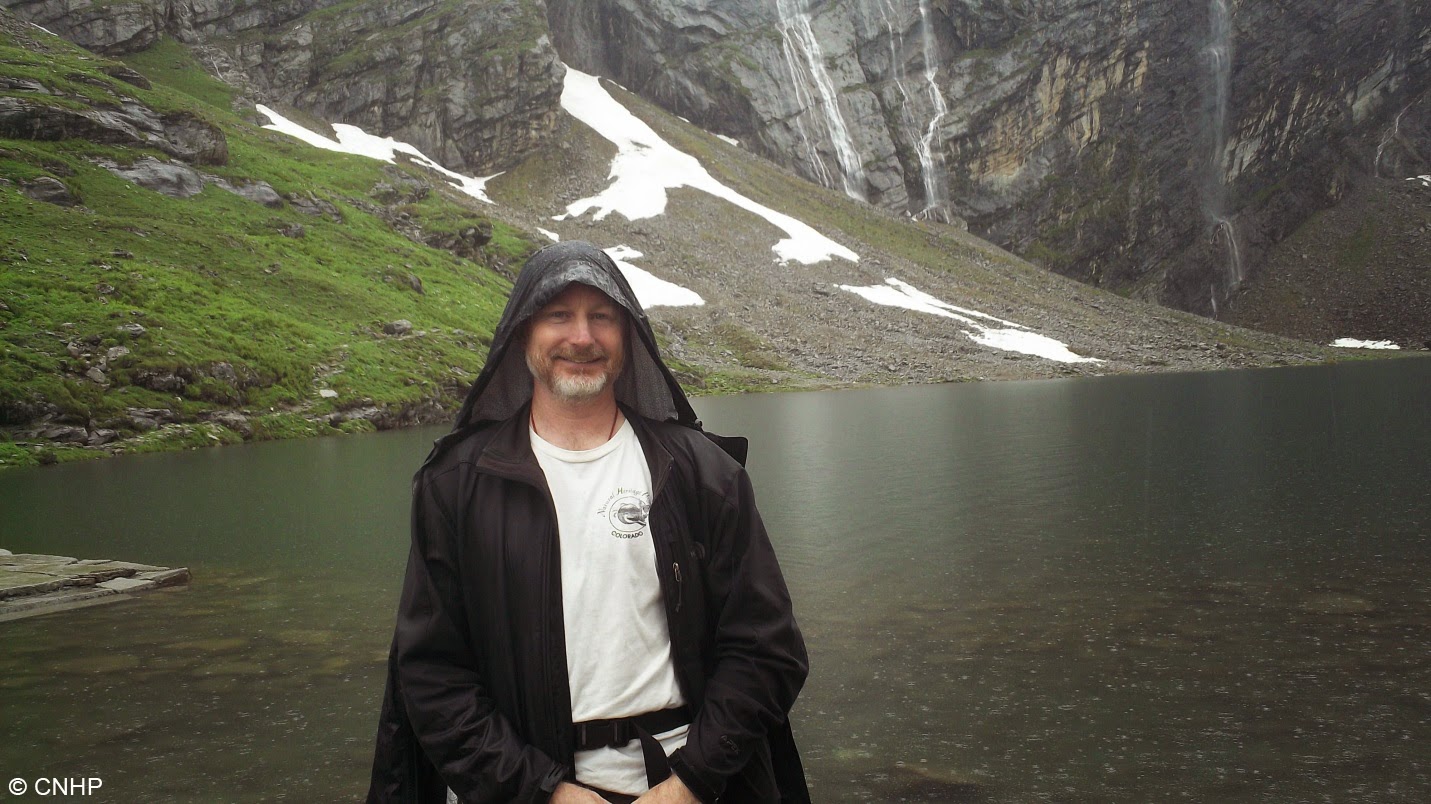In North America, bats are declining at unprecedented rates. Yet, the term “decline” does not do it justice. For some reason, migratory tree bats have an affinity for wind turbine facilities, and dead migratory tree bats are being found at wind turbine sites throughout the US. This unexplained attraction has led to an estimated 600,000 bat deaths annually in the US (Hayes, 2013). This figure forces one to pause and contemplate a loss of this magnitude. Unfortunately, this is not the most alarming figure from bat conservation over the last decade. Since 2006 when a new disease, called White Nose Syndrome, made its way into North America hibernating bat populations have been decimated. This disease is caused by a cold-loving fungus that infects tissues of hibernating bats, disrupting cellular function when the bats are unable to mount an immune response. It is estimated that nearly 6 million bats have succumbed to the disease since its arrival in North America. White Nose Syndrome can impact populations so dramatically as to kill 90-100% of the individuals once hibernating at a site (Frick et al, 2010). For decades there has been mounting concern for bat populations as roosting locations are lost or disturbed, increased pesticide use alters their food resources, and native habitats are converted to other uses, but nothing prepared conservation biologists for this level of demise.
Fortunately for Colorado, mass mortalities at wind turbine facilities have not been seen, and, as far as we know, White Nose Syndrome has not made its way this far west. Few biologists feel this is reason to let our guard down. In fact, Colorado is faced with some challenges that would make diagnosing and abating mass die-offs harder than in eastern North America where White Nose Syndrome has been so impactful. Colorado biologists have been unable to find hibernacula that house the number of bats seen in the East. Eastern colonies can be in the millions or thousands, whereas Colorado colonies are substantially smaller and, possibly, more dispersed. The question left for many conservation biologists is, “how will we know if Colorado bat populations undergo a decline?”
 |
Biologist holding a little brown bat (Myotis lucifugus) captured in north-central Colorado. |
Based on research in Colorado, there is growing evidence that bats may be roosting in cracks and crevices. Given the abundance of geological features in Colorado the number of potential roosts for bats is unfathomable, and there is little likelihood of biologists ever being able to systematically survey such a resource. However, there is a recreational user group in Colorado that can help bat biologists with this problem. Rock climbers in Colorado have shared numerous accounts of bats emerging from cracks and crevices during their climbing excursions.
 |
| Rob Schorr, Bernadette Kuhn, and Shawn Davis |
 |
| Shawn Davis leads bat biologists and rock climbers in a discussion of the potential challenges and solutions to their partnership. |
 |
| Karina Mullen Branson of ConverSketch documenting the discussions and ideas in a mural format. |
 |
| The final mural of the bat and climber café meeting. |
Hayes, M. A. 2013. Bats killed in large numbers at United States wind energy facilities. BioScience 63:975979.
Frick, W. E., et al. 2010. An emerging disease causes regional population collapse of a common North American bat species. Science 329:679-682.















































